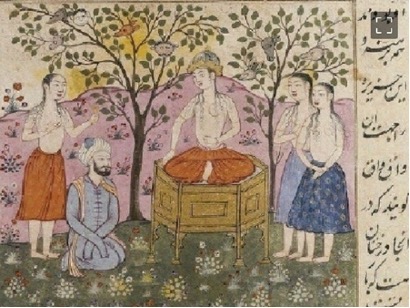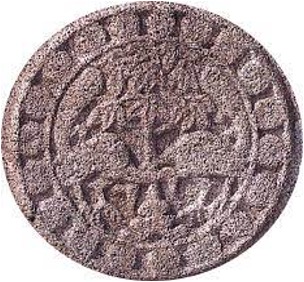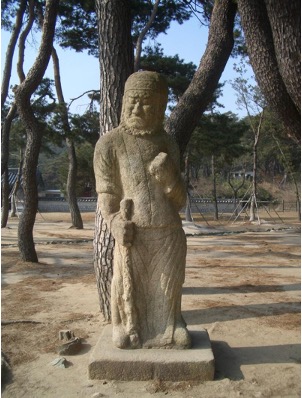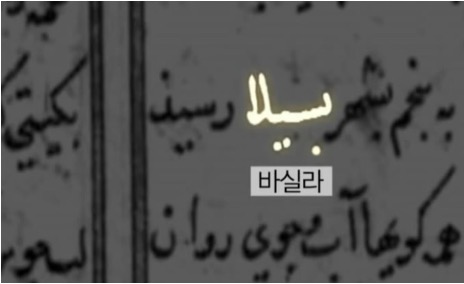The relationship between Persia and Korea in history through Kushname.
It has been 60 years since Korea and Iran started to exchange on October 23, 1962. Korea and Iran started exchanges about 1,500 years ago, and this is mentioned in 'Kushname', an ancient Persian epic poem, that can estimate exchanges between Silla and Persia of the Sasanian dynasty in the 7th century.
Today, the difficulties between Korea and Iran have worsened due to the US economic sanctions, but hopefully to find relief and relationship again, the following is the story of the first start of a relationship between Korea and Iran in history incited in Kushname.

Due to the Arab invasion in the middle of the 7th century, Persia's Prince ‘Abtin’ exiled from his land and arrived in Silla via the Chinese Tang Dynasty, and the people of Silla welcomed him with hospitality and many flowers and traditional performances. Abtin, who was impressed by this, decided to marry her especially after seeing the beautiful appearance of Princess ‘Fararang’, the daughter of King Tayhur of Silla, and worked hard to get the king's approval. At that time, many treasures, carpets, and cultural relics from Persia were brought into Silla, and exchanges between Persia and Silla became prevalent.

‘Gyeokgu’, a sport that the King of Silla encouraged the royal family to play and enjoyed, is called ‘Polo’ and is a traditional Persian sport which is popular and loved by Iranians even now. It is said that Prince Abtin recommended that they play Gyeokgu together in order to get intimately acquainted with the king of Silla and get the consent to marry his daughter. Abtin, worrying that the king who was trying Gyeokgu for the first time would lose, divided equally the same number of his servants to play for the king.


In addition, a stone statue found in Gyeongju, a city of Silla today in Korea, looks exotic with big eyes and a nose, and it is very similar to the stone statue of King Bahram of Naqshe-Rostam in the dynasty of Sassanian Persia. He wears a band of cloth over his head, and stands majestic with many folds on his clothes and a long-sharp sword in his hand. In the pattern of another Gyeongju stone statue, birds are symmetrical around a tree, surrounding both sides, which is a pan-Persian pattern commonly seen in Persian carpets. In Silla, Iranian carpets were regarded as precious as a symbol of the royal family, and at that time, Persian goods were so popular that exports were banned.

According to the references in Kushname, Silla is referred to as Silla(سیلا) or Basilla(بسیلا). The Silla mentioned in Kushname states, 'Silla has a lot of gold, everywhere is full of flowers and trees, the people are happy, and the gold is so abundant that even the collars of the dogs are made of gold.'
Meanwhile, Abtin, who had to return to Persia, gave birth to a son, Fereydoon, with Fararang. The king of Silla, along with Abtin, took the prince to a place called Amol, which is famous as a port city and resort in Iran through the sea route of the Tang Dynasty.
As mentioned in Kushname, the relationship between Korea and Iran is deeply rooted in history. In addition, Korea and Iran are very deeply related not only in culture and history, but also emotionally, and resemble each other, and the trade continues to this day after a long time ago. If the diplomatic situation between Iran and Korea is eased, a huge amount of political, cultural, and economic exchanges are expected to take place.











Your Comment